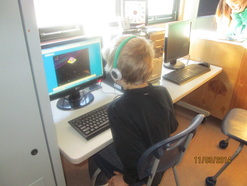 Avery begins the Headsprout program. November 2014
Avery begins the Headsprout program. November 2014 Headsprout is based on ABA principles. It is an internet-based online program or computer-assisted instruction (CAI.) It was developed by two leading behaviourists and educators, Dr. Joe Layng and Dr. Kent Johnson from Morningside Academy in Seattle. Although small, there is evidence that it has potentially positive effects on oral language and print knowledge. (What Works Clearinghouse)
Headsprout was recently added to the Learning A-Z family of products which are used by typical students in classrooms throughout the world. Headsprout gives teachers another tool to reach learners who have either come into their classroom without basic reading skills or who are not making progress.
Although I am a believer in using Direct Instruction methods, I purchased a classroom license using my own funds to see if it was effective with my student who was a non-reader. I needed a program which would allow students to work individually with minimal support from a supervising adult. I found it! Headsprout targets the five components of evidence-based reading instruction - phonemic awareness, phonics, reading fluency, vocabulary and comprehension strategies. (Whalen, Otaiba, Delano, 2009)
In September, my student recognized a few letters but did not know any sounds attached to those letters. He was very motivated to use the computer and could use a mouse with ease. He could attend to the computer for 10 - 15 minutes although he could become quite frustrated. He required prompting and reinforcement to attend to vocal instructions from the program, say words out loud and not deliberately choose a wrong answer because he enjoyed the visual and vocal wrong answer prompts given by the computer (I so wish there was a way to turn those off!)
Avery now follows his schedule to start the program and completes an entire lesson at one time. We still work together because there are new skills presented each lesson and I use prompting and reinforcement to make sure that he is not making errors. He has progressed from being a non-reader to being able to read 21 simple readers and can sound out new words phonetically. I am so proud of him and would recommend this program to anyone whose child or student meets the following criteria -
1. Has or can learn mouse skills (which are also taught in the first lesson).
2. Can visually discriminate (or tell the difference) between letters.
3. Is somewhat motivated by visuals and music on a computer screen (although I also continue to use edibles and praise when needed).
Avery is verbal and willingly repeats back words and phrases that he hears. This is definitely an advantage but I don't know that it is a requirement. Although my experience may not be typical of other users, I found it to be very useful in my classroom for this student.
I would love to hear how others are doing with the program. Please feel free to contact me at janpalmer27atgmaildotcom with questions, concerns or to share!
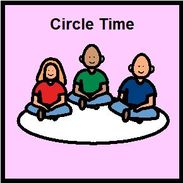
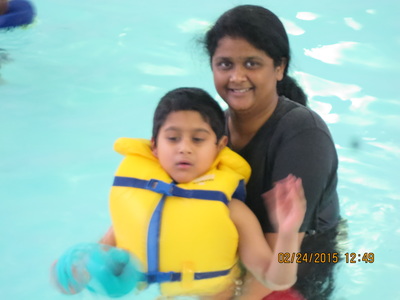
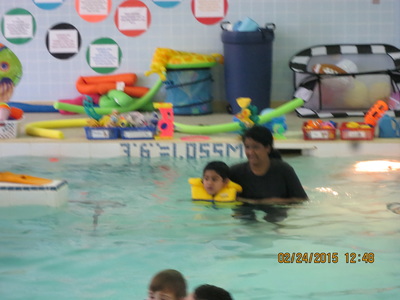

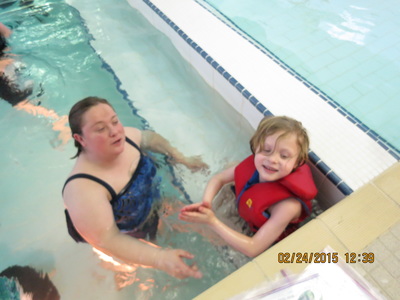
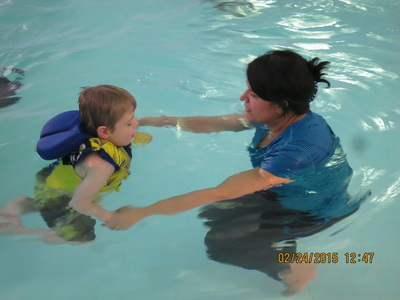
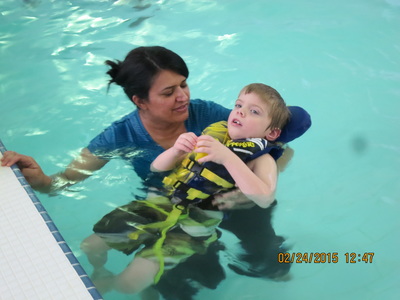

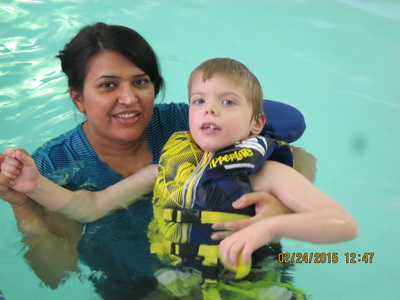
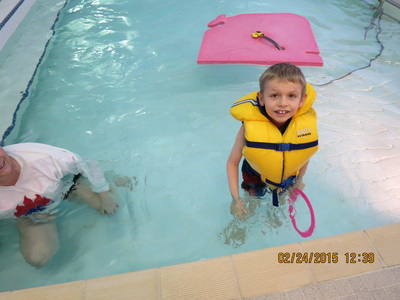
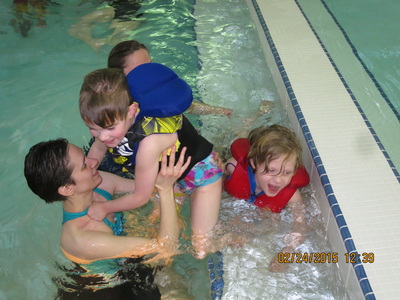

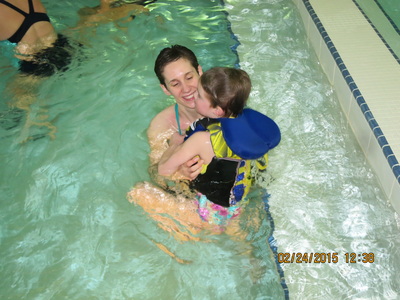
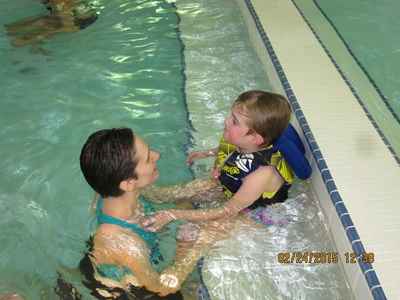
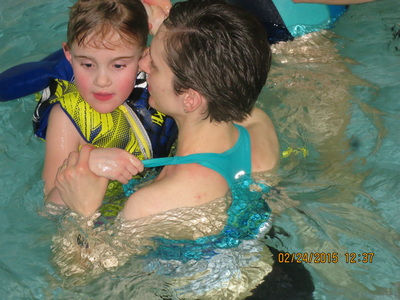
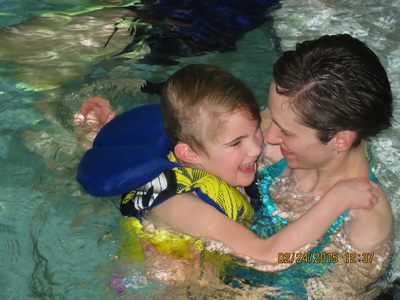
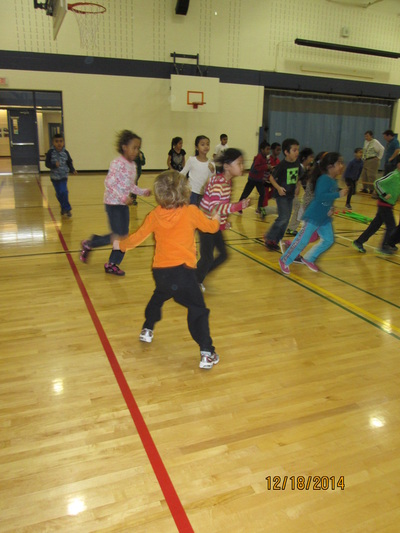
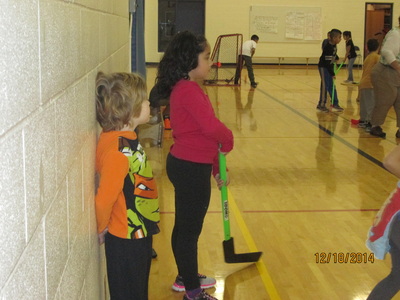
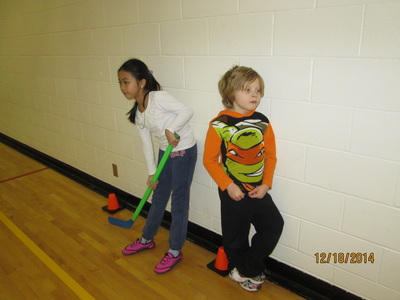
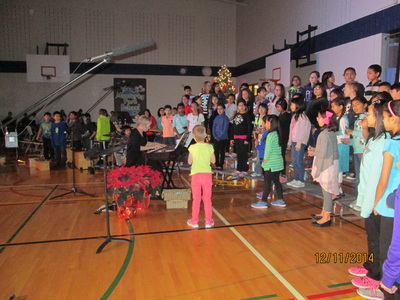
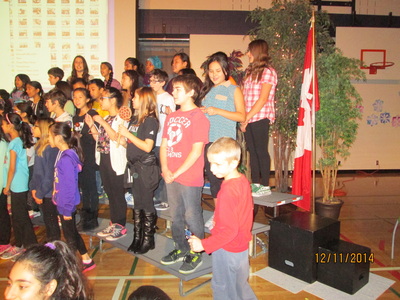
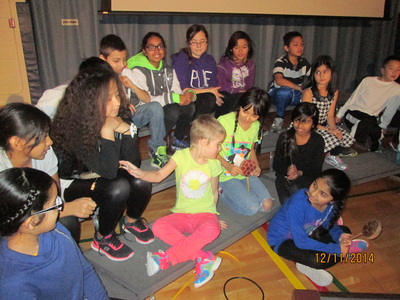
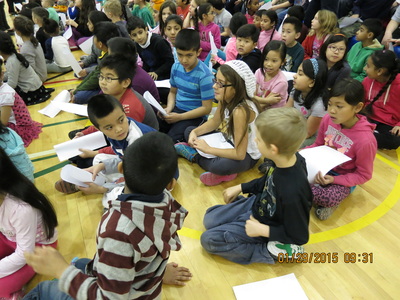
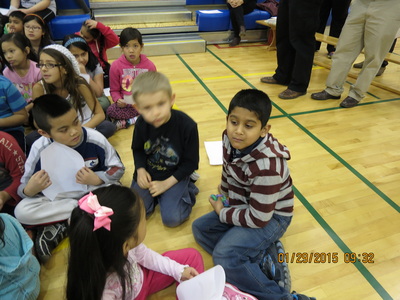
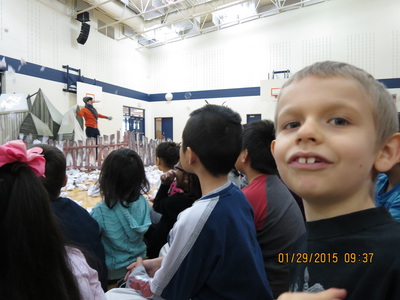

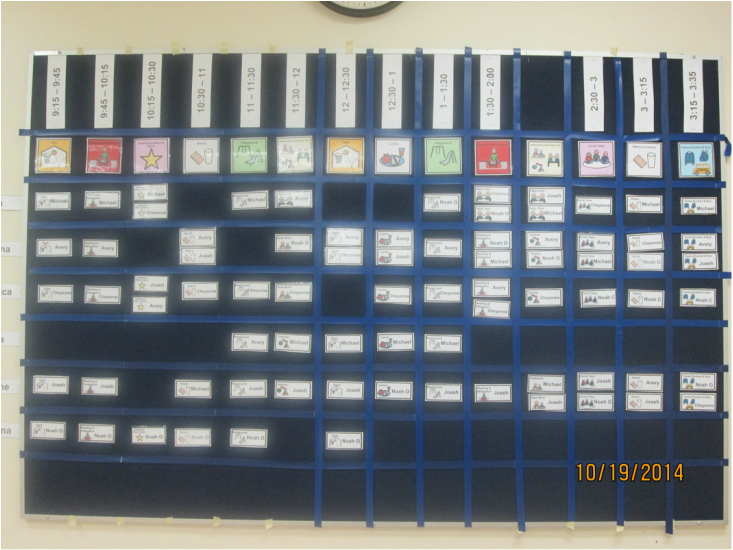




















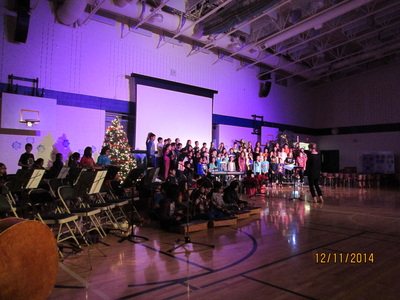
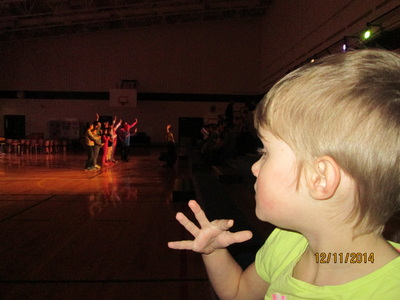
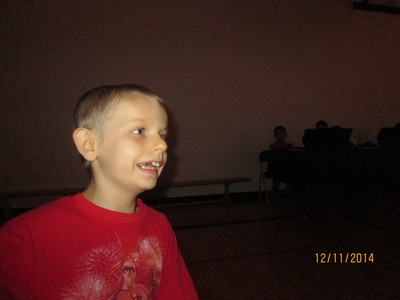
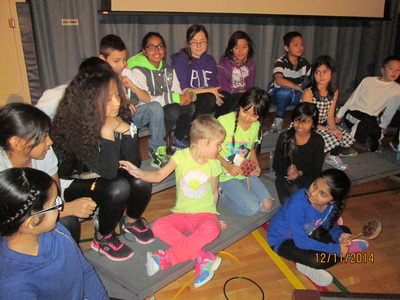
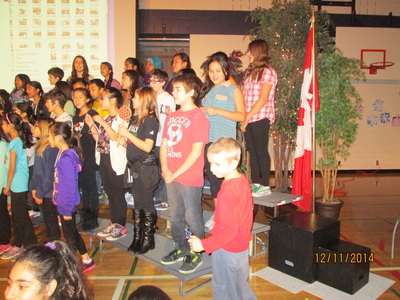
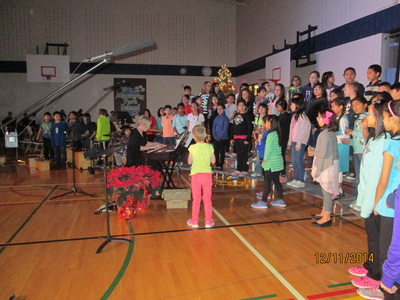
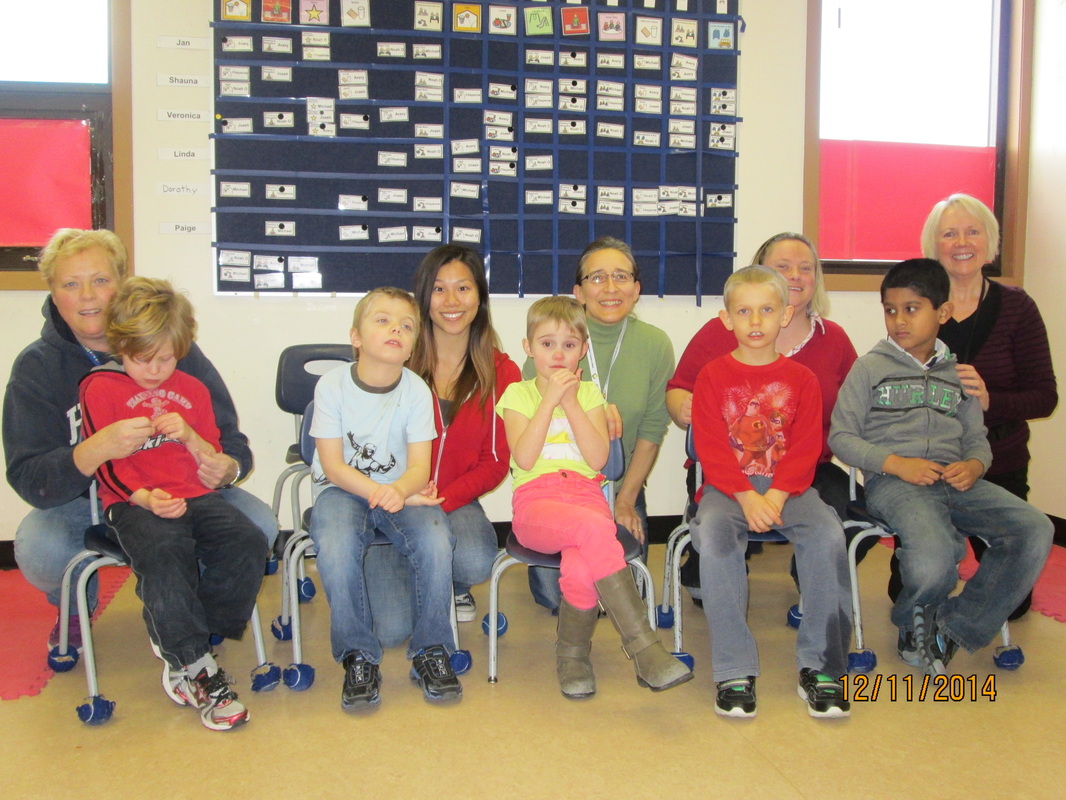
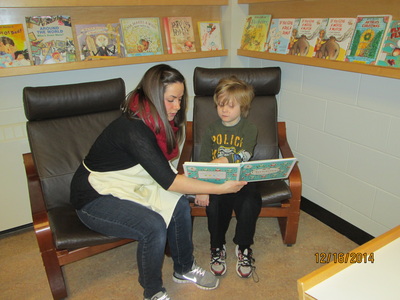
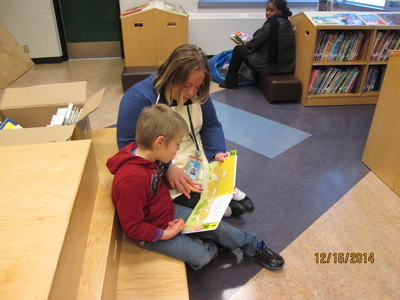
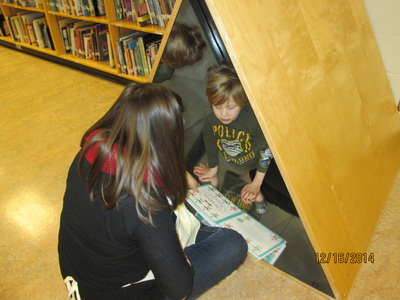
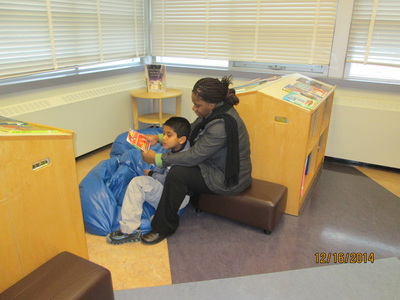
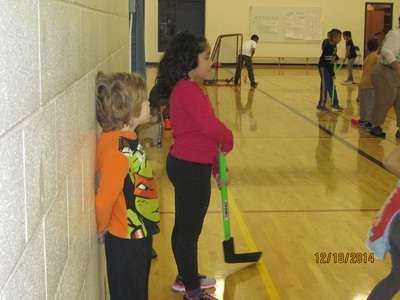
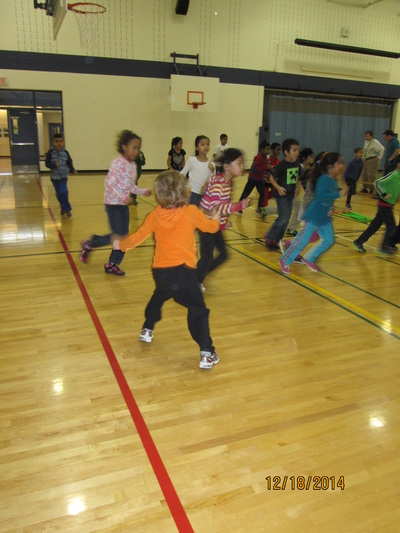
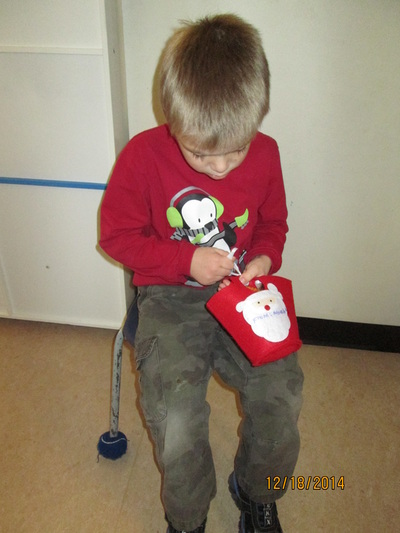
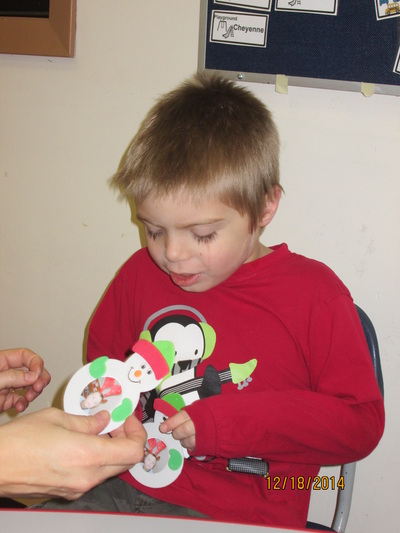
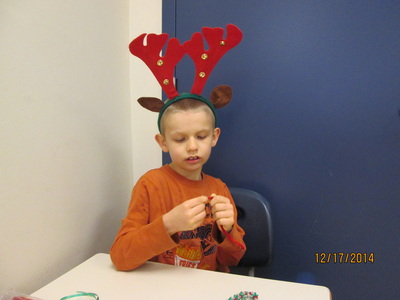
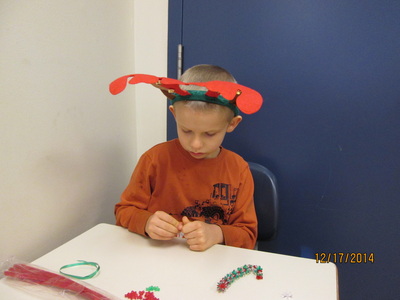
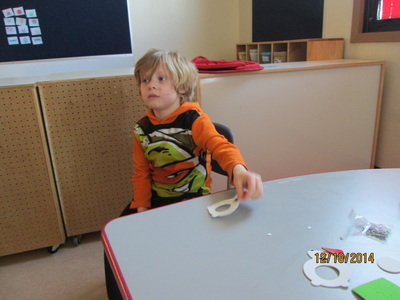
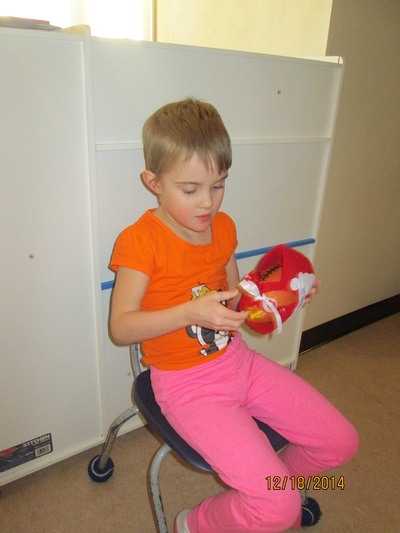
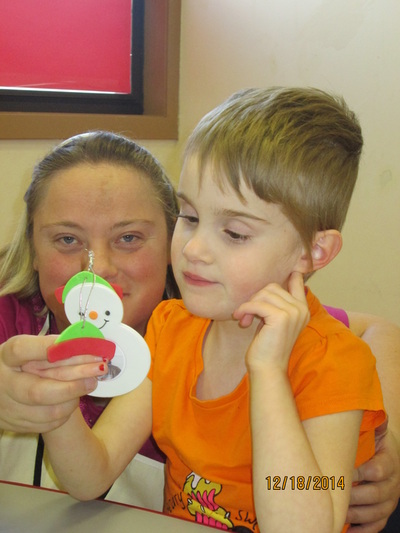
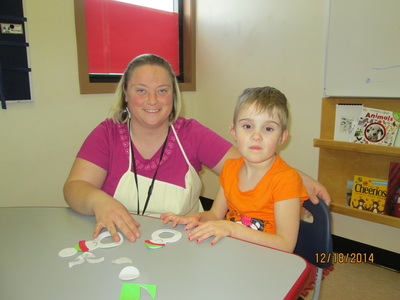
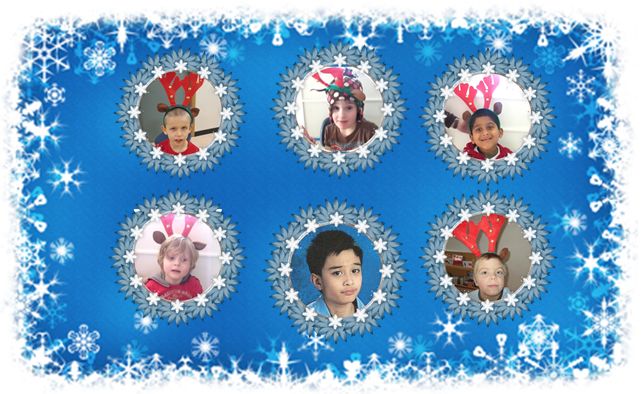
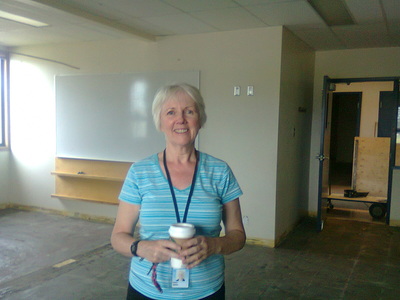
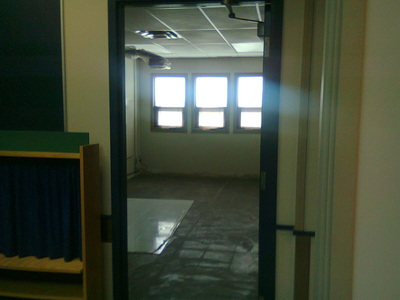
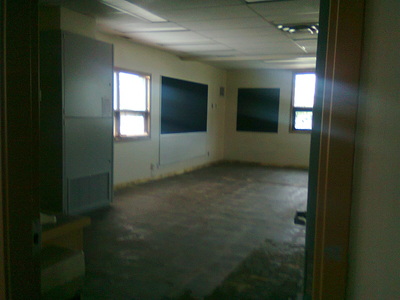
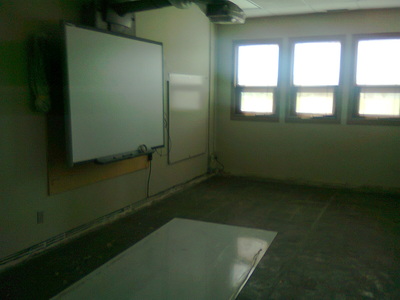
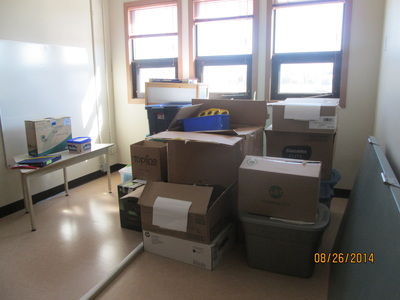
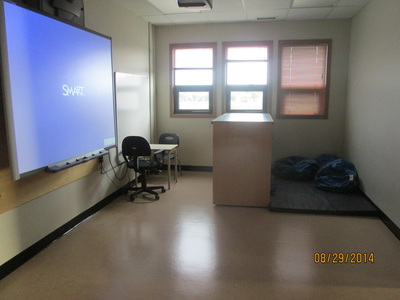
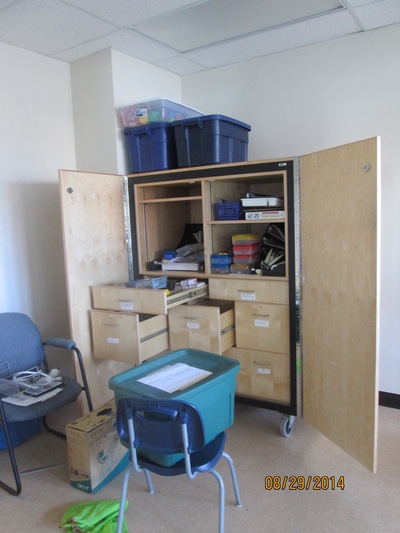
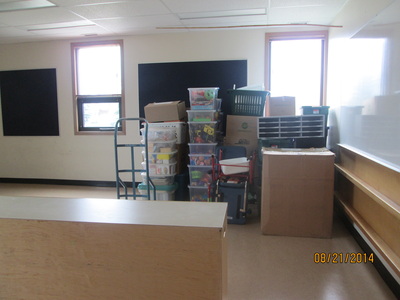
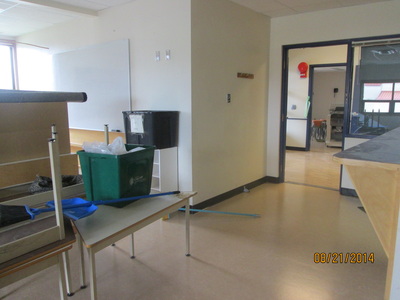
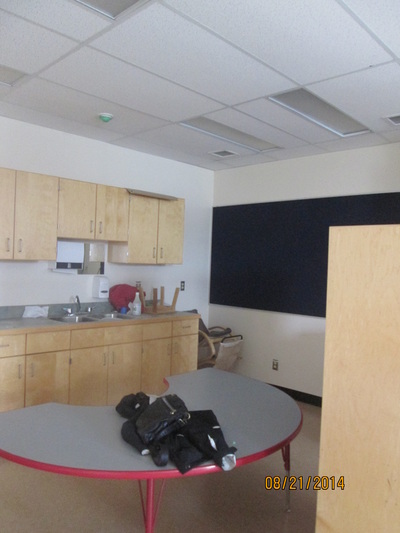
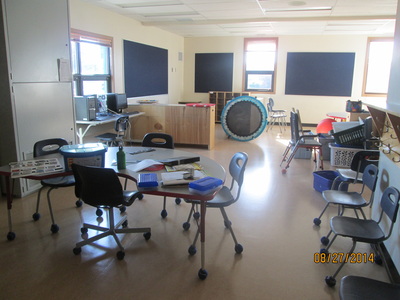
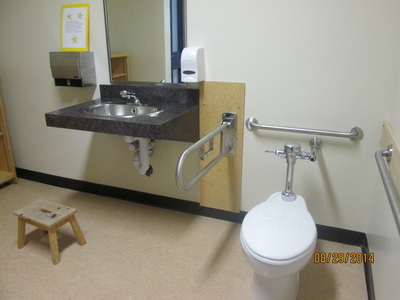
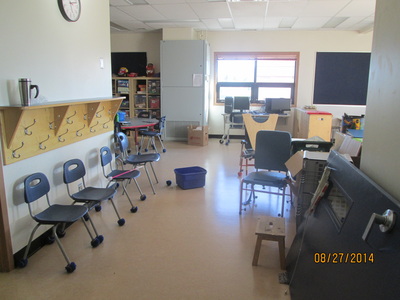
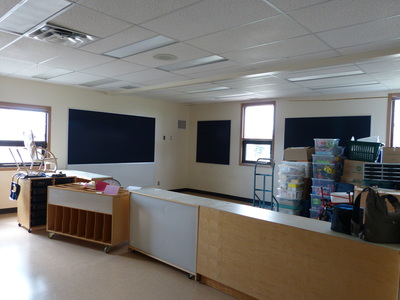
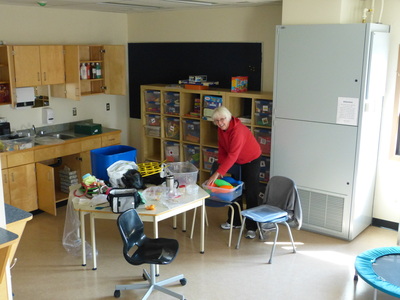
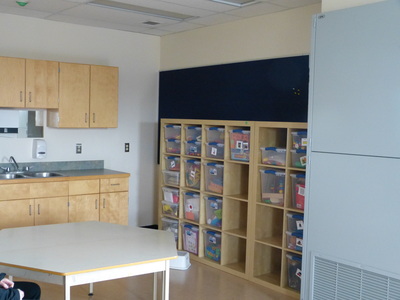
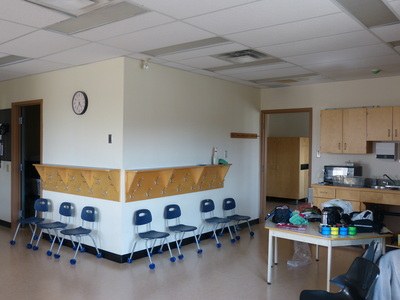
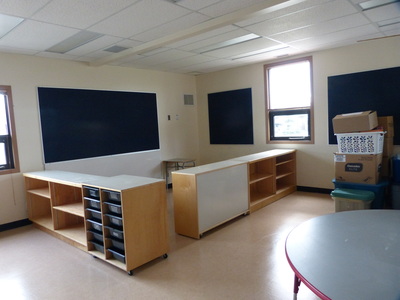
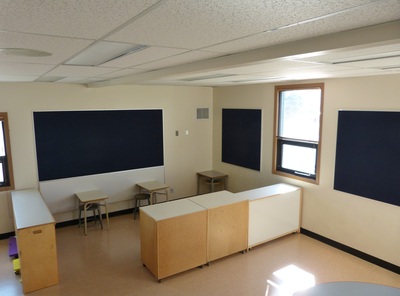
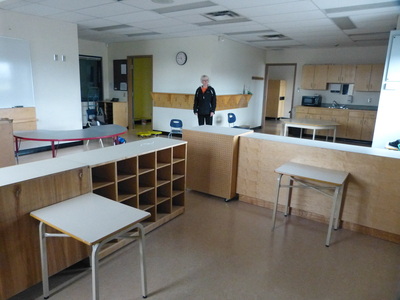
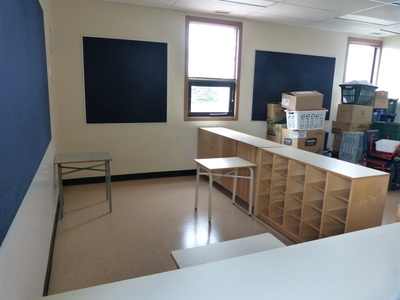
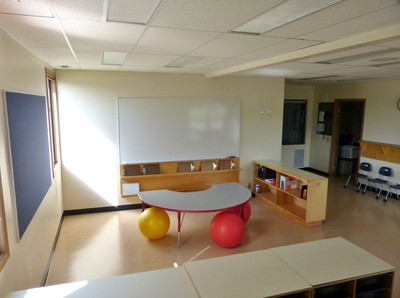
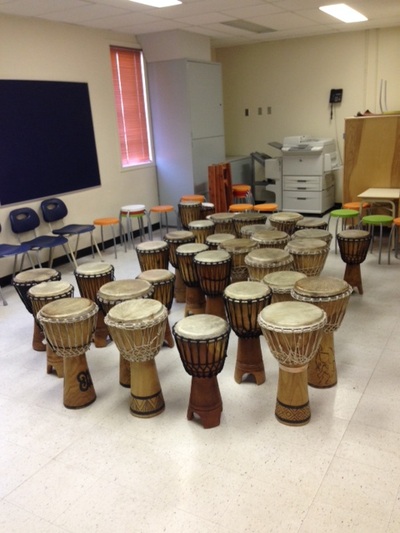
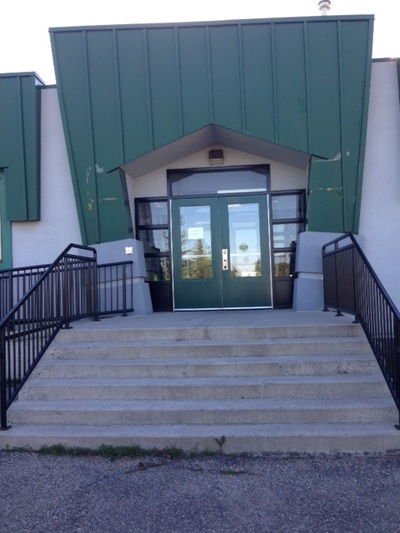
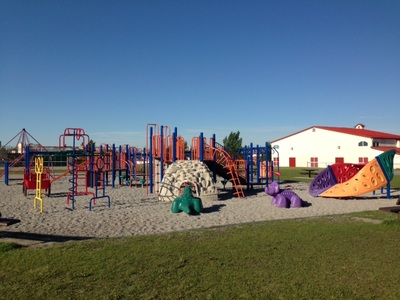
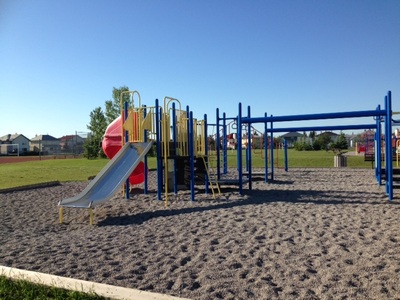
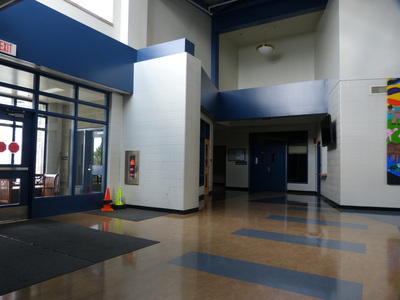
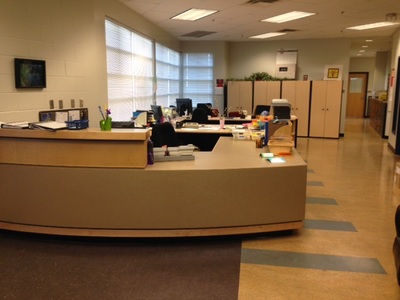
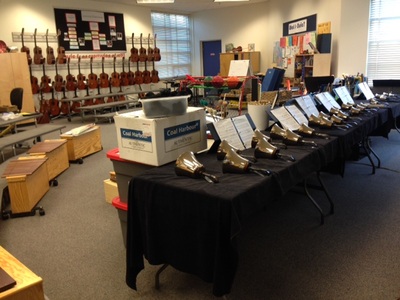
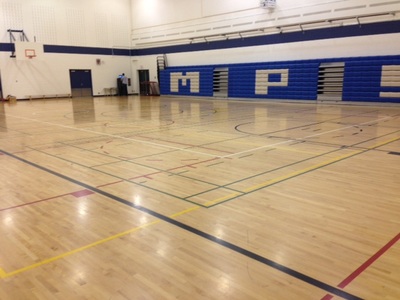
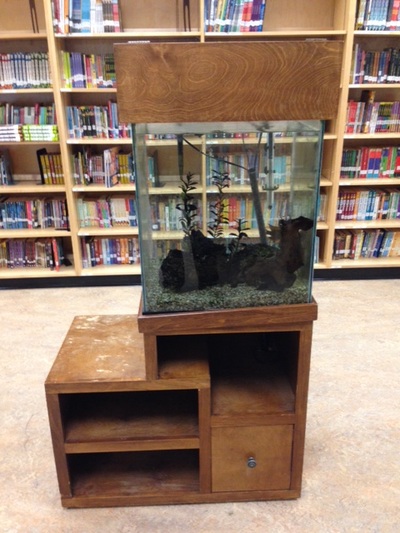
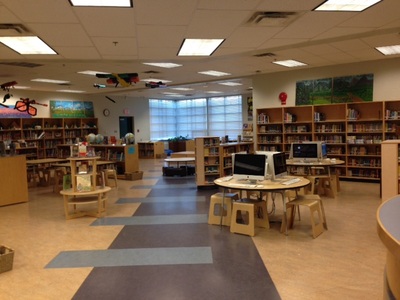

 RSS Feed
RSS Feed
